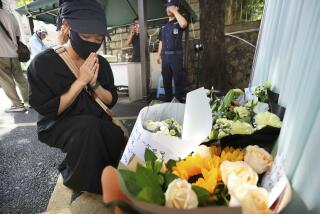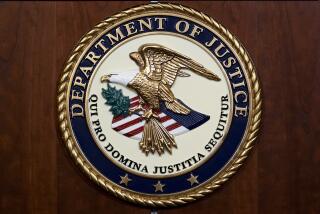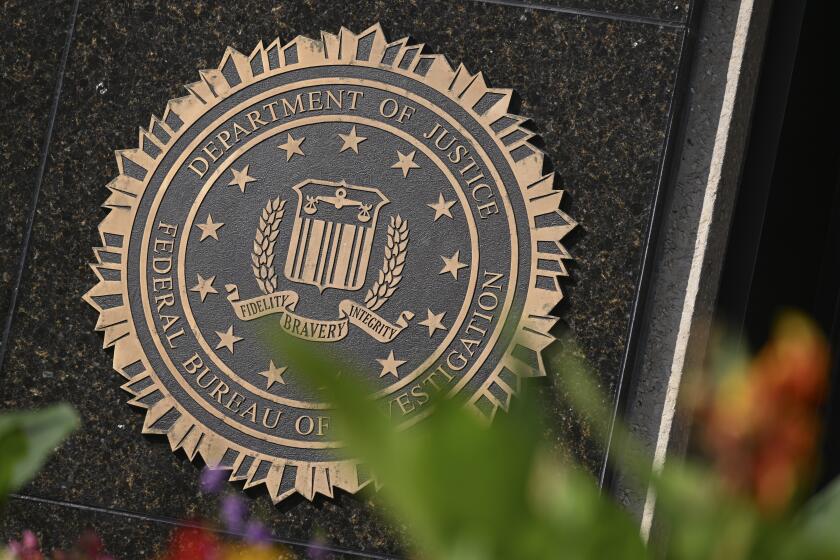Horrors of War Continue 20 Years Later
At the funeral in Laos, the father sobbed in bitter anguish: “I hate Americans! I wish all Americans were dead!”
A few days earlier, his 21-year-old son, father of two babies, had been clearing a patch of land for farming. His hoe struck one of the millions of tennis-ball-sized “bombies” that still litter Laos almost 25 years after the end of the U.S. “secret” bombing of that country during the Vietnam War. These lethal bombies come from cluster bombs, which open in mid-air, flinging down 670 tennis-ball size explosives. Up to 30% don’t explode immediately, and lie for decades waiting to be detonated by a farmer’s hoe or a playing child. These bombies have so far been excluded from the bans and moratoriums against land mines now gathering support around the world, even though they are exactly the same in that they kill and injure civilians, including children, decades after a war’s end.
The farmer’s son was one of the 500 Laotians killed or maimed each year by these bombies; 43% of those who die and 44% of those maimed are children. The father, who had lived through years of U.S. bombings, is blind. He had no idea how to keep his surviving family members alive without the son’s help. In Laos, where farming is the only way to survive for most rural people, the loss of farm land infested by bombies causes special suffering.
I lived in Laos from 1965 to 1970, one of many idealistic young people who went to Southeast Asia to do educational and rural development work. We believed in doing good and that the U.S. was building the country, not destroying it.
How could I have lived there without knowing the full, terrible extent of the war being waged? I thought that the bombing on the Vietnam border was limited and probably necessary. Huge areas of Laos were inaccessible except on foot or by helicopter.
While my American husband (doing alternative service to the draft) and I were working, teaching and raising our new daughter, our government was carrying on what has been called the biggest bombing assault in the history of the world. Between 1964 and 1973 it dropped more than 500,000 loads of bombs--the equivalent of one B-52 plane load every eight minutes for nine years--on this supposedly neutral country. At least 80% of those killed were civilian farmers and villagers. And our government was doing this illegally and secretly. Those responsible didn’t tell the American public, and refuse to tell the whole truth even now.
Gradually I began to hear ugly rumors that the bombing was much more horrible than we believed. But I didn’t want to believe America could do anything so devastating and immoral. It wasn’t until I came home and began reading materials based on CIA interviews and declassified Air force documents that I learned of the bombing’s extent.
I returned to Laos in 1986 with two Lao-speaking Americans who worked for relief organizations. Later on this trip they went deep into back country and were stunned to discover the horror of war continuing long after the war was over. There were vast numbers of amputees and blind, people still being wounded and killed not by land mines (never used in Laos) but by decades-old bombies.
Governments (including ours), have begun placing a few tentative limits on some land mines, but not on bombies. I visited Laos most recently in March. That same month the U.S., which is responsible for all the ordnance dropped on Laos, agreed for the first time to begin cleaning up its mess. We’re sending $2.7 million in equipment and 30 Special Forces members to train Laotians to remove the bombies, a small but important start. But so far, policymakers around the world refuse to discuss including cluster bombs and their bombies in bans on land mines. They argue that this would start us down the “slippery slope” leading to the banning of every weapon of every type.
So all these years later, the lies, cover-ups and killing go on. And I bear part of the blame for once having closed my eyes to early evidence of widespread devastation. Until we face painful truths and make amends, a sort of post-traumatic stress syndrome haunts us. Just as the Vietnam War still haunts America.
More to Read
Sign up for Essential California
The most important California stories and recommendations in your inbox every morning.
You may occasionally receive promotional content from the Los Angeles Times.










